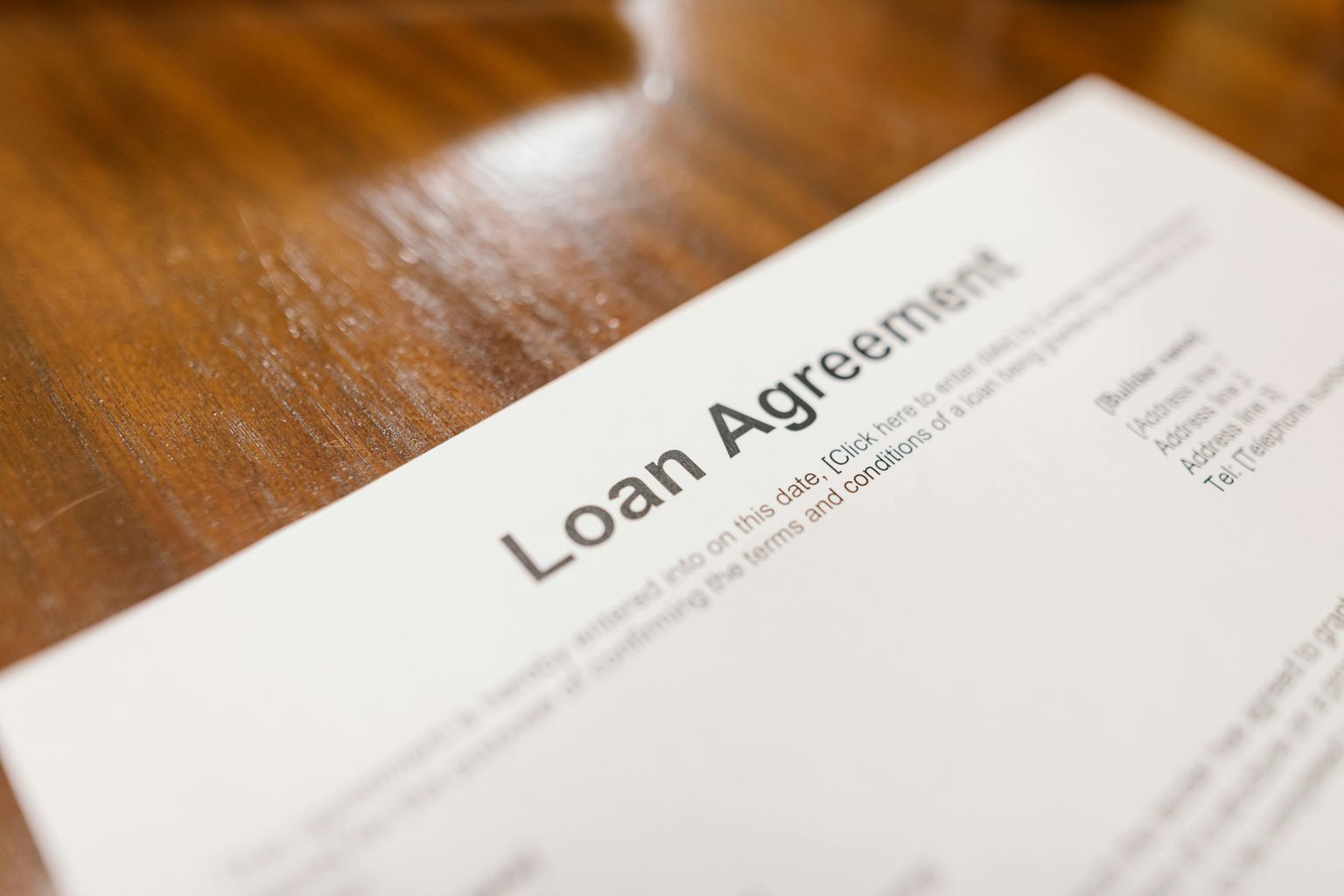Homeowners refinanced like crazy this year — and it isn’t any wonder. With mortgage rates declining to an all-time low of a mere 2.71 percent during one point, the financial incentive was huge.
For example, according to Freddie Mac, on a $200,000 mortgage refinancing from a 4.25 percent rate to a 3 percent one — a rate greater than today’s existing average, homeowners might shave $140 off of their month-to-month payment and jaw-dropping $88,000 over a loan term of 30 years. For the ones who had loans from the year 2009 or earlier, when rates seldom dropped below 5 percent, the savings might be even bigger.
Thankfully, it seems these low rates are here to stay — therefore, if you were not among the millions of people who seized the day this year, there still is time. As a matter of fact, the majority of experts expect an average rate of from 2.9 percent to 3.4 percent across 2021.
Are you considering pulling the trigger? Below, we list 7 steps you should take if a refinance for 2021 is on the agenda:
Run the numbers
Step one includes ensuring that refinancing really makes sense. For one thing, a refinance does not come for free. It costs about $5,000 to refinance a mortgage loan or around 2 percent to 5 percent of the overall amount of the loan, according to Freddie Mac.
To make these costs worth it, you should reach the break-even point — which is the point where the refinance will save you more than it costs to actually execute.
Calculating this break-even point will require some tidbits of information: Firstly, a realization of how long you will be in the home; secondly, an estimate of all closing costs; and finally, how much you will be saving every month by refinancing. It’s possible to gain a sense of possible savings utilizing a mortgage calculator online or by working with a loan officer or mortgage broker, like Champions Mortgage. Champions Mortgage will help you walk through the numbers, as well as which interest rate you may have the ability to expect.
Then, your break-even point is calculated by dividing the closing costs by the monthly savings. If the closing costs are $4,000 and you are saving $50/month, your break-even point will be 80 months (4,000 / 50). Therefore, basically, it’d take 80 months — or over 7 years — to break even on refinancing costs. If you do not plan to be in your house that long, refinancing is not worth it, financially.
With all potential refinances, borrowers ought to ensure that they completely understand the possible savings and costs related to the refinance to assure all of the economics make sense. Champions Mortgage is a very honest company. We will never encourage consumers to refinance, unless it is in their best interest.
Understand your goals
Also, you should know your goals before you refinance a mortgage loan. Although the majority of homeowners want to lower their mortgage rates and save on month-to-month payments while refinancing, there are other objectives to accomplish, as well.
For one thing, you might make use of a refinance to repay your loan faster. To do that, you would refinance to a shorter-term loan — for instance, from a mortgage of 30 years to a mortgage of 15 years. Your month-to-month payment would be greater; however, it also would ensure the loan is paid off sooner — as well as save you on long-term interest, too.
You also might use a refinance to take money out of your house and pay for improvements to your home, consolidate debts or deal with additional costs. In some instances, you might want to change the type of loan you have — like from an adjustable-rate mortgage over to a fixed-rate one.
Evaluate various refinancing options. The most typical reasons people will consider refinancing includes reducing their rate, paying off additional debt through a cash-out refinance or their existing loan is maturing and must refinance to a long-term product.
Eventually, your objective will determine which type of loan you’ll need, as well as the qualifications you will have to meet.
Gather your paperwork
A refinance requires a good bit of financial documents, just like the initial mortgage loan did. This means you will need paperwork that proves your debts, income, and additional financial obligations.
Take inventory and start to gather the paperwork you’ll need while underwriting the loan.
If you are a salaried employee, this includes the last month of pay stubs, the last 2 years of W-2s, a 2-year employment history, copy of your homeowner’s insurance declarations page, as well as copies of your latest property tax and mortgage statements.
For people who have non-traditional jobs, you might require bank statements, profit-and-loss statement for your business, 1099s, as well as the latest client invoices. Getting all of those in order early will help the refinance go more seamlessly once you are prepared to apply.
You also should know the estimated value of your home and your present mortgage loan balance before you apply for a refinance. The difference between the mortgage balance and your home’s value is your home equity that will act as the down payment in the refinance. The quantity of equity you have is going to influence your total loan eligibility, the interest rate and amount of money you may access while doing a cash-out refinance. It also will determine if you require private mortgage insurance.
Try to improve your credit score

Your credit rating will play a substantial part in getting you the best rate available.
It also will affect your capability of qualifying for a refinance in the first place. In order to ensure that your credit is in good standing, get your credit report (all 3 credit reporting bureaus will allow you to do so free of charge one time a week through April) and search for any blemishes — things such as collection attempts or late payments. Those will have to be remedied before applying for the loan.
You also should be careful about any holiday spending. Don’t open new credit cards and avoid racking up balances on current cards. Both of those actions will lower your credit rating and make it more difficult to obtain a loan. They also can raise your debt-to-income ratio — how much of your month-to-month income your debts take up.
Borrowers must be mindful of opening up new credit accounts, as those will raise the month-to-month debt-to-income ratio — that’s one key factor for qualifying. If the borrower has to open extra credit, they ought to confirm with their lender — before doing so — to figure out the impact on their qualifying for a mortgage.
Lastly, it’s also possible to attempt to actively boost your rating before you apply, as well. Paying your debts down, making timely payments and alerting the credit bureaus of any mishaps on your credit report all can help.
Delay or avoid applying for mortgage forbearance
If you are having a difficult time making any mortgage payments during this pandemic, forbearance will give you a break until you can get back on your feet. Roughly 5.48 percent of mortgage loans in America are presently in forbearance, basically pausing their month-to-month payments for about 360 days, according to the Mortgage Bankers Association.
Although this certainly can help lighten the burden during difficult financial times, it also can hurt your opportunities of refinancing.
Borrowers shouldn’t ask for a hardship forbearance from their present lender before they attempt to refinance.
Since refinancing may reduce your monthly payment and rate, it might help to avoid forbearance altogether. If you have to file for forbearance later, it also would decrease the quantity of those deferred payments, which makes it simpler to get current in the future.
Also, there is your credit report to consider. Although the move will not hurt your credit rating directly, it’ll get noted on your report as a delinquency that new lenders are going to see as they evaluate your application. At best, it’d give them pause about loaning you cash. Worse-case scenario? It may mean a flat denial.
The same will go for forbearance options upon other debts, as well — which includes those on auto loans, student loans or additional debt you may have in your name. If you are considering pausing payments upon any loan leading up to the refinance, speak with a mortgage professional first about any options. You also could ask your current lender about a modification to your loan, which might allow you to change the terms and rate of your existing loan without refinancing.
If you are already on a forbearance program, do not panic. You will be qualified to refinance after you have made 3 timely payments.
Shop around for a lender
You do not have to use your present lender to refinance. Qualifying standards and rates wildly vary from mortgage lender to mortgage lender; therefore, shopping around is crucial. According to Consumer Financial Protection Bureau research, rates may vary as much as .50 percent between lenders — even for borrowers with the highest credit.
The key to securing the ideal interest rates includes shopping around. Consumers can significantly improve their rate just by receiving several quotes.
It is a fact: Recent information from LendingTree depicts that refinance borrowers who shopped around last quarter saved about $59,255 across the term of their loan. Data from Freddie Mac depicts that borrowers who obtain two mortgage quotes save approximately $1,500. The ones who obtain 5 quotes? The money savings rise to $3,000.
Although, it is more than merely a cost-saving step. Shopping around between lenders (online lenders, big banks, credit unions), as well as brokers may also have other benefits.
Each one will evaluate your application for a mortgage differently and provide you various levels of options and service. Keep in mind, rate is not everything. You’ll want to have a reliable, trustworthy point of contact to answer all of your questions, assist you in sticking with deadlines and navigating all the paperwork to close your refinance in a timely manner.
While shopping around, it is vital that you get all of your quotes within a one-month period. Since lenders are going to require a hard credit check with every application, applying within a brief frame of time decreases the impact they will have on your rating.
Lock in your rate
If the lender makes you an offer which accomplishes your goal, it is time to lock in your rate that guarantees the quoted interest rate for a span of time — typically 30 – 60 days. It’ll protect you from all rate hikes while a lender processes the loan.
Once you find a deal you like, locking in your rate is important.
Interest rates change on a daily basis, as will the possible savings from a refinance. When consumers have determined that they want to move ahead with a quote they’ve received, they ought to ask for the lender to lock that rate, so they aren’t subject to future fluctuations in the rate.
Generally, shorter lock terms come with better rates in interest. Therefore, ask your lender about your options. Though, be careful You will want to ensure that your lender actually can close your loan on this shorter timeline. If they cannot, you might owe a charge to extend the lock or, even riskier, you may need to take whatever rate is available when the lock expires. In October, it took, on average, 57 days to close a refinance loan — more than 2 weeks longer than one year earlier, according to mortgage tech company Ellie Mae.
Given the historically low interest rates and the pandemic, borrowers ought to plan for lenders to take about sixty days to fund and approve their application. Borrowers ought to ask the lender whether the lender is going to extend their rate at their cost if they cannot close the loan inside of this timeframe.
Start today!
If a refinance is on your 2021 radar, you will want to get it all rolling right away. Mortgage rates are now at their lowest point, and although experts mostly expect low rates to continue further, there isn’t any predicting the future.
We are in an environment in which the early bird will get the worm.









